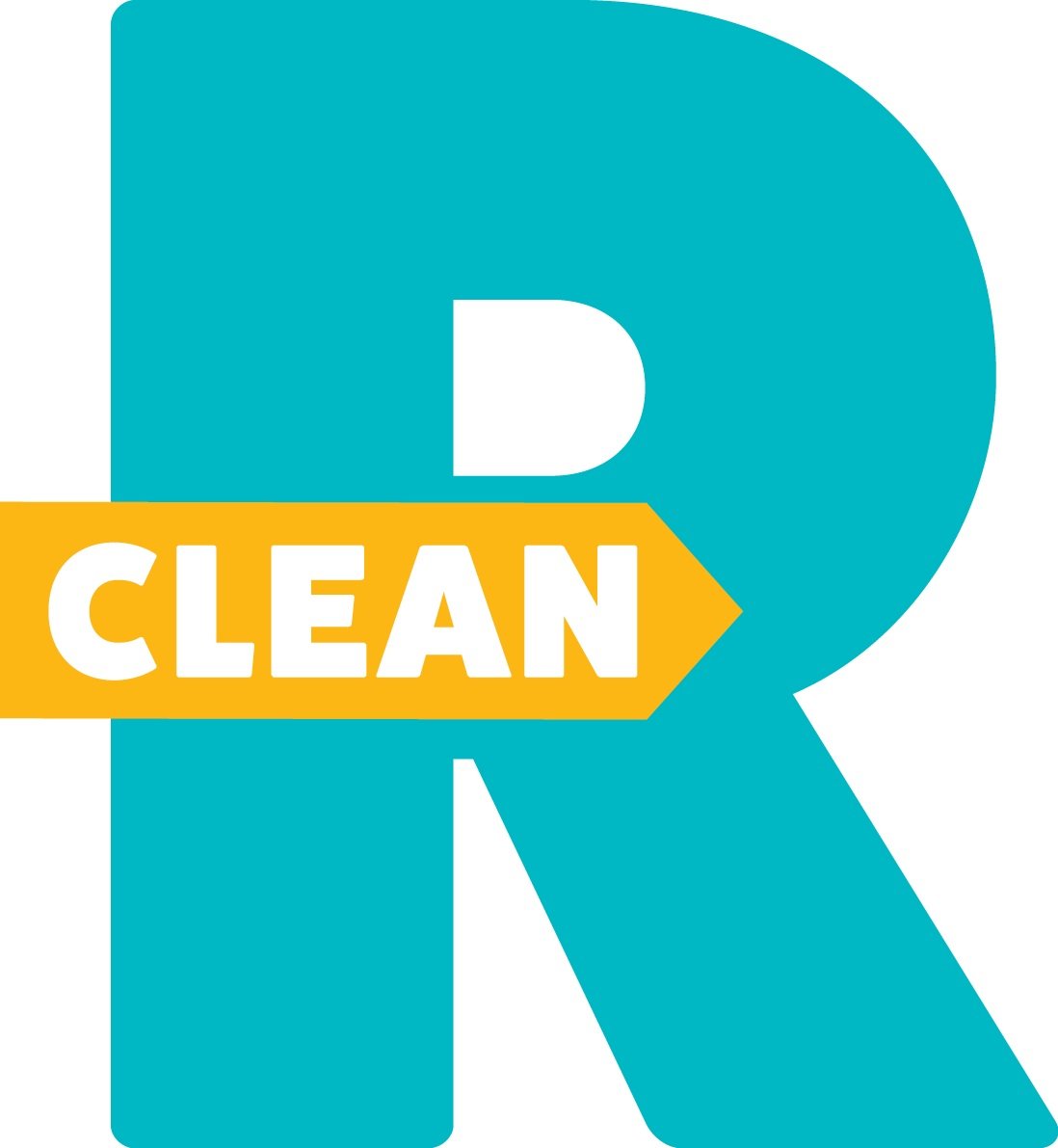
Frequently Asked Questions
-
Pricing can vary depending on the scope and scale of the work, as well as the distance needed to travel to the site. Feel free to give us a call to book a free estimate. CALL NOW
-
Our client’s health and well-being is important to us, so you can trust that any products we use are environmentally friendly and safe for you and your family.
-
For the inside of your windows we recommend using a wet microfibre cloth with a little bit of detergent for any finger marks or fly dirt, then immediately drying it with another microfibre/glass cloth.
For the exterior side of your windows, try using a brush and hose to wash your windows down, but beware that if you leave water droplets to air dry on the glass it can bake in, leaving a hard water stain that can be difficult to remove.
That is why at Clean R we squeegee every window, to ensure that this doesn’t happen.
-
Most residential customers get their windows done once every 2-3 months
Commercial clients, depending on where they are and how much foot traffic they have, get their windows done once a week or once every 2 weeks.
-
While we endeavor to remove all carpet soiling, we do not specialize in stain removal.
-
We use a method called ‘soft washing’ which means that we soften the built-up mold/grime and use a ‘soft’ water pressure to remove it with.
Sometimes with older buildings where paint has already deteriorated or is chipped, there can be a small amount of paint loss, but not a noticeable amount.
We take great care in ensuring that minimal to no paint is removed in the process.
-
Yes it can, however, we take great care to minimize the possible effects of lichen treatments.
Before we start spraying we rinse down the plants so that if any spray drifts onto them it becomes diluted, then after we finish spraying we rinse them off again to lessen the effect it has.
-
It depends on the level of lichen growth and also how much rain is forecast. Sometimes lichen, moss & mold can take up to 6-8 weeks to show signs of decay.
Heavier contaminated surfaces can take up to 6 months to come clean, and may require additional treatments.
